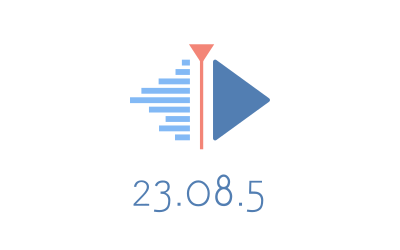The Steam Deck works well if you have a particularly twisted definition of “working well”. SteamOS is certainly among the worst Linux distros I’ve used. It is certainly significantly worse than the average desktop-oriented distro. Sure, Valve has done good work with Proton, but basically every other piece of their stack is broken in some way.
Just a couple of days ago I had an issue where after the battery died and I plugged my Steam Deck into the charger, it simply failed to turn on. The fans would start spinning and that’s it. Nothing else worked. I could not get into the BIOS menu. I could not get into the recovery menu. The solution? Unplug the Deck, let the battery die from spinning fans and plug it back in, hoping that time it’ll turn on. Spinning fans take a long time to drain the battery, so this took me a couple of hours even though I’d only been plugged in for about ten minutes. I am not the first to deal with this issue. You can see posts online about it more than a year old. Those posts are how I was even able to figure out the solution.
I will never understand why SteamOS gets any kind of praise. This kind of issue is unacceptable. Any non-tech-savvy user will assume their device got bricked. I’ve seen several people mention they did RMA over this. And despite being a critical failure known for over a year, it hasn’t been fixed.
If you’re not a techy, SteamOS is garbage. It is ridiculously unpolished and keeps breaking in ways that can be difficult to fix. Every update (especially the client updates) has a 50/50 chance of breaking something, even on the stable update channel. You have to switch to desktop mode just to use a web browser. In fact, you have the switch to desktop mode for a lot of things, because gaming mode doesn’t let you do things like adding non-Steam games, install Flatpak applications or use a file manager. But desktop mode is entirely unsuited for gamepad controls and the on-screen keyboard feels particularly sluggish (though it can also get sluggish in gaming mode, just not as often).
If you’re a techy, SteamOS is also garbage. It is still ridiculously unpolished and the immutability is implemented in such a way that completely neuters the whole OS as anything you change gets wiped on every update (you can’t layer). There are hacks to do most things from gaming mode. You can run Firefox with some kind of weird setup where you run it inside a nested KWin session, because Gamescope is completely incapable of handling multiple windows, which would normally break all of the context menus and the hamburger menu in Firefox. Similar deal with Dolphin for file management. You can even run the entire Plasma desktop nested inside Gamescope, albeit with some caveats. Still need to switch to Desktop Mode to add non-Steam games tho, since you can’t run the desktop Steam Client from Nested Desktop. Things break occasionally, but it’s manageable. Figuring out all of these workarounds is quite time consuming though. This would not be the case if SteamOS was actually a good distro.













like most apps on Linux, kde connect was never exclusive to any desktop. you don’t need gsconnect.